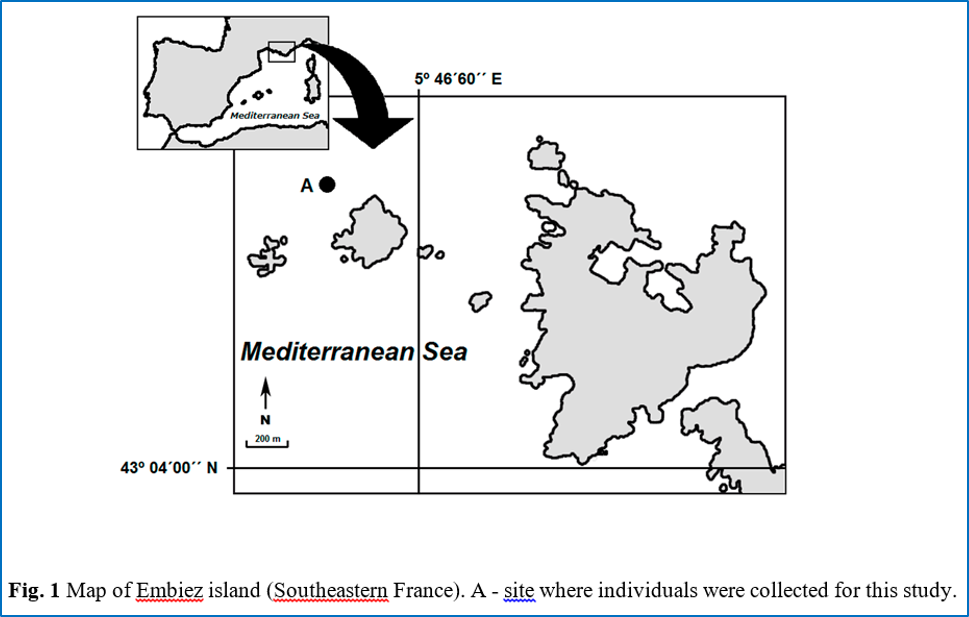Phytoplankton Profitability and Use as Organic Matter Source by Pinna nobilis

Downloads
Abstract
We studied the retention of organic matter (OM) from phytoplankton by the bivalve Pinna nobilis Linnaeus, 1758. Three replicates of identical doses of 1.8 L (~25 g dry weight) of three species of microalgae (Pavlova lutheri, Isochrysis galbana and Chaetoceros calcitrans) were given to 6 fan mussel placed in individual tanks with gentle aeration at 20ºC. The animals were let to filter the water for 8 hours. After the 8 hours biodeposits were recovered and the bulk of water was passed through a 35?m mesh to recover the remaining unfiltered particles. Thus, known the original amount of OM present in phytoplankton added and both in rejected and remaining material, the retained OM was calculated. P. nobilis filtered most of the phytoplankton (23.30 ± 3.49 g (95.0 ± 0.93% of total phytoplankton added) and retained 0.80 ± 0.07 g of OM (84.44 ± 4.17% of total OM added). These values are similar to those of retained OM from 20g of muddy detritus. Comparing the two food sources, we hypothesize that P. nobilis would get most of the OM from other food sources such as muddy detritus and that microalgae would provide complements such as mono- and polyunsaturated fatty acids.
Keywords: bivalve, diet, phytoplankton, organic matter, food acceptance.
